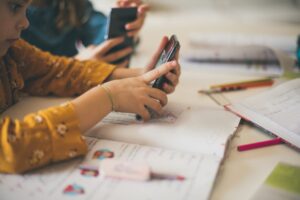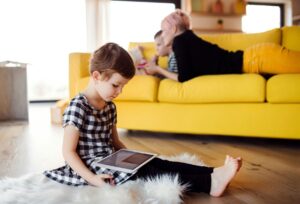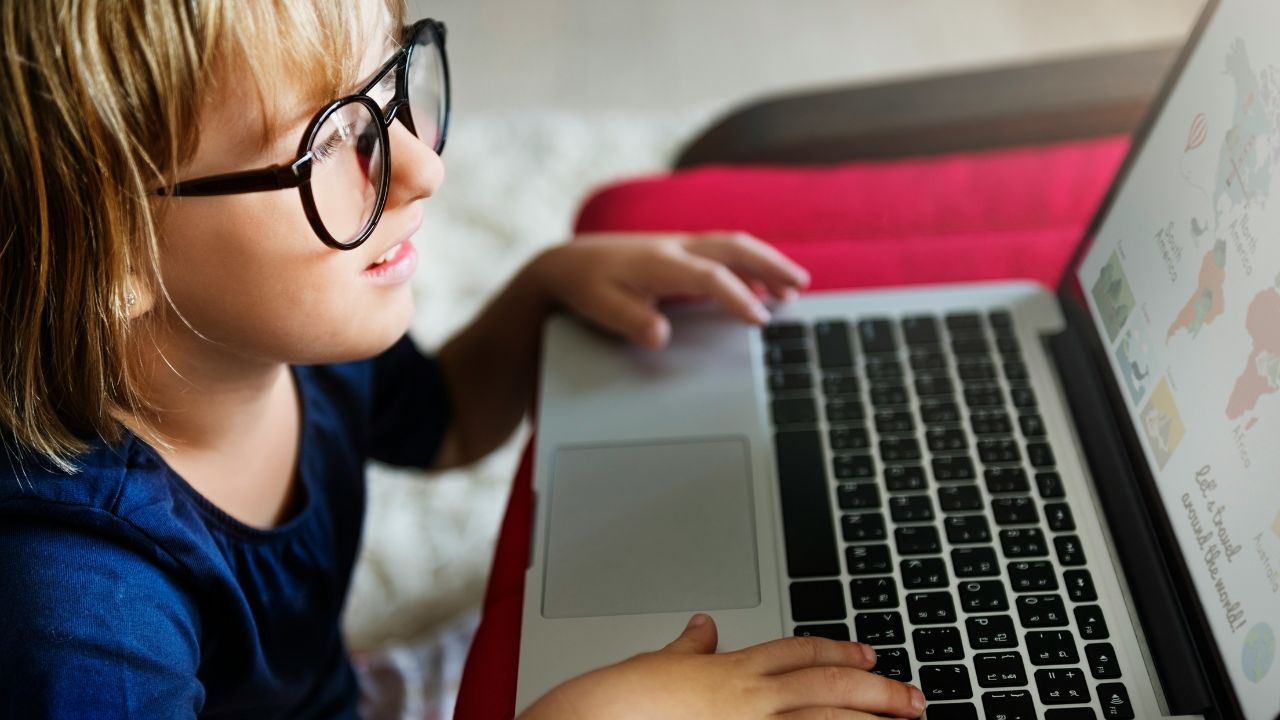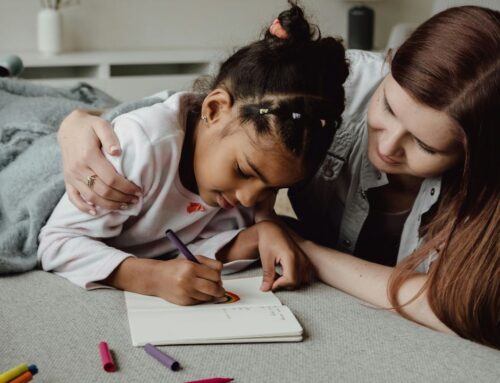Technology is a powerful part of the learning journey, especially in personalized, online-supported environments like SelfDesign. It opens up a world of possibilities for learners, connecting them with tools, mentors and ideas that support their growth.
As children grow and their brains develop, it’s important to be mindful of how screen time is shaping their experiences, energy and wellbeing. For parents/guardians, this often means finding a balance that includes digital tools while giving your child a chance to interact, move their bodies, use their hands and exercise their minds in different ways.
Not all screen time is the same
Screen time can take many forms. Passive use like watching videos, scrolling social media or playing online games tends to involve more consumption than engagement. Home learning falls in the “active” category, where screen time is used intentionally for development and reaching learning goals. SelfDesign encourages a balance of both intentional “active” screen time, and hands-on off-screen activities for learners.
How SelfDesign supports balanced learning
 Many of the most meaningful learning experiences come through movement, creativity, connection, and time spent outdoors. Activities that involve the body, the senses and social interaction are essential for a child’s healthy development.
Many of the most meaningful learning experiences come through movement, creativity, connection, and time spent outdoors. Activities that involve the body, the senses and social interaction are essential for a child’s healthy development.
Here are a few ways learners can stay curious, active and connected without a screen:
-
- Art projects – Working with their hands helps learners explore colour theory, express emotions and build creative confidence.
- Nature walks – Time outside supports physical activity and curiosity about the natural world. Learners might explore ecosystems, identify plants and animals or simply enjoy being present in nature.
- Sports – Whether it’s a team sport or solo activity, physical movement supports emotional regulation, teamwork and strategic thinking.
- In-person games – Games like charades, board games or scavenger hunts promote collaboration, patience and communication, especially in multi-learner households.
- Reading, writing and journaling – These reflective activities help learners strengthen language skills, process emotions and develop fine motor coordination.
- Music – Playing music solo or in a group builds listening skills, discipline and confidence.
- Dance – Moving to music boosts energy and joy. Group dance encourages creativity and social bonding.
- Cooking and baking – These everyday activities naturally incorporate math, reading and planning skills, along with life skills like responsibility and cleanliness.
- Field trips – Outings to libraries, museums, galleries or zoos spark inspiration and give learners a chance to experience the world firsthand.
- Workshops and camps – In-person learning experiences offer deeper skill-building opportunities and support learners in forming new social connections.
Creating a screen-time routine that works
 Finding the right screen-time balance looks different for every family, and it’s entirely possible with a bit of intention and collaboration. Here are some supportive strategies to guide the process:
Finding the right screen-time balance looks different for every family, and it’s entirely possible with a bit of intention and collaboration. Here are some supportive strategies to guide the process:
-
- Set intentional screen routines by clearly defining learning time versus free time.
- Alternate between online and offline activities throughout the day to keep energy and engagement levels steady.
- Create regular screen-free zones, such as during meals, nature time or before bed.
- Observe your child’s mood, energy and focus to guide daily decisions about screen time.
- Involve your learner in building a schedule. Colour coding on-screen and off-screen blocks can help create a visual rhythm for the day.
Screen balance isn’t about cutting out technology, it’s about weaving it into a broader, more holistic learning experience. When children have a voice in shaping their routines, they begin to notice how their minds, bodies and emotions respond to different types of activity. That awareness becomes a powerful tool in supporting self-direction and well-being.
By creating days that offer all types of learning, your child will naturally create patterns with less reliance on screen time and more enthusiasm for activities that promote nourishment and vitality.
Learn more about SelfDesign® Learning Community here.







